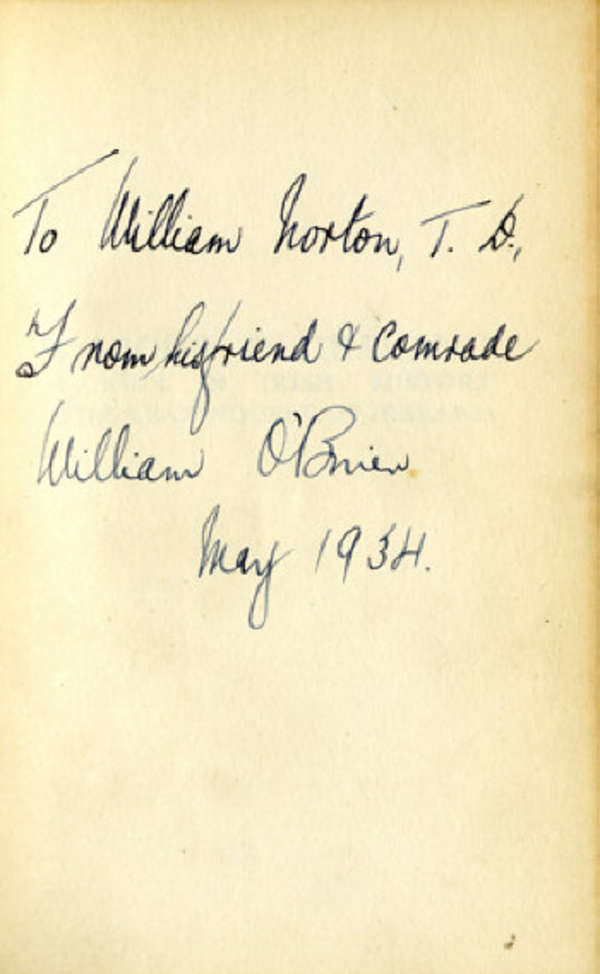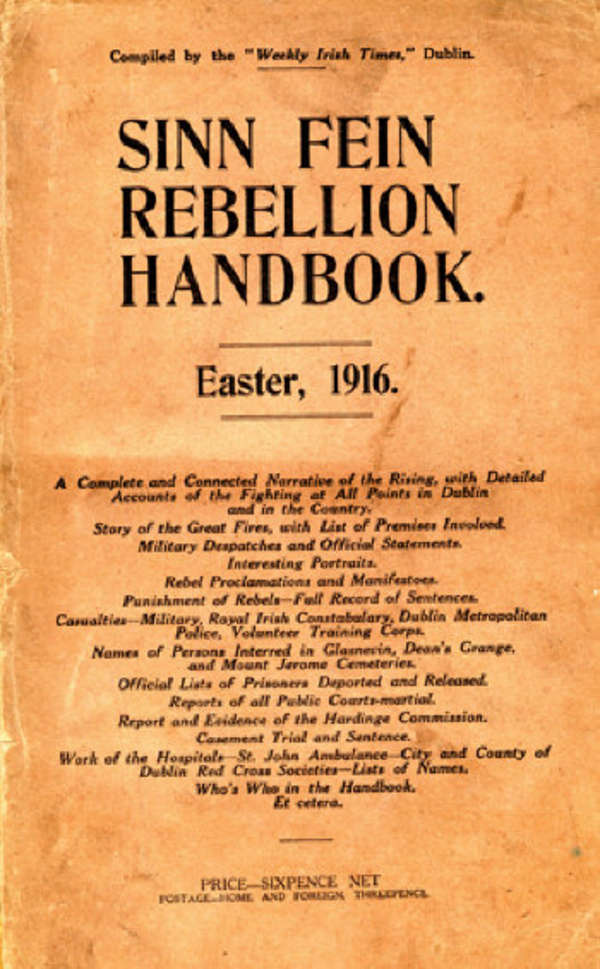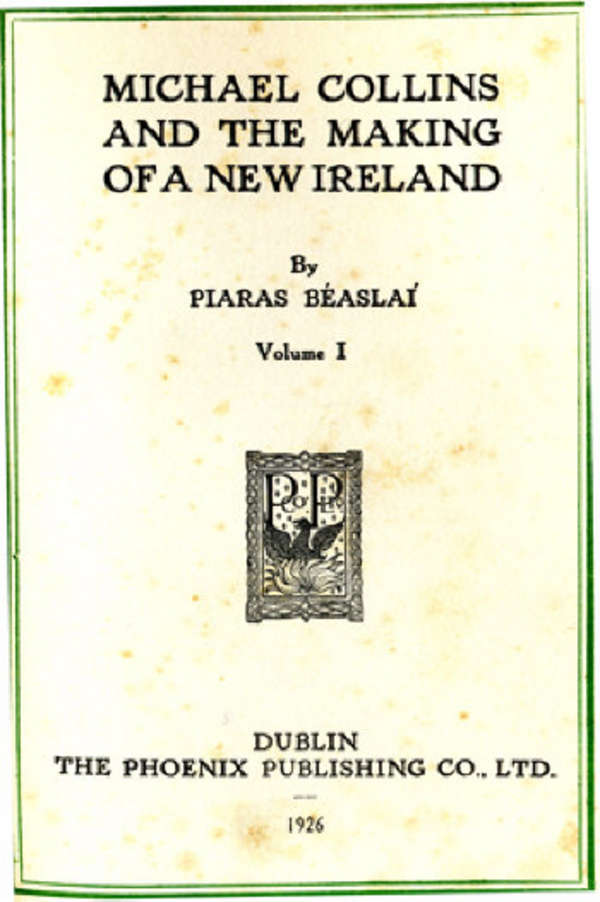LIMERICK MILITIA, 1853 PATTERN ENFIELD THREE BAND PERCUSSION MUSKET. With 39 inch (99cm) sighted barrel, lock stamped with crowned ''VR'' cipher, and additionally impressed ''1853 TOWER'', brass furniture, mahogany stock, with its original steel ramrod, the brass butt-plate engraved ''Lk 1'' (for No. 1 Company, Limerick Militia), and additionally engraved with armoury inventory number ''312'', the mahogany butt stamped with a crowned harp and ''VR'' cipher within a circle, 55 inches (140cm) long overall. The Limerick Militia was originally raised in 1793, one of the 38 regiments of militia formed in Ireland during that year, and one of only six Irish militia regiments to which the title Royal was granted. Originally designated the Royal Limerick County Regiment of Militia, it was later re-titled the Royal Limerick Fusilier Regiment, and following the army reforms of 1881 became the 5th (Royal Limerick County Militia) Battalion of the Royal Munster Fusiliers, with headquarters at Limerick. The regiment took part in the suppression of the Irish rebellion, 1798, seeing action against both rebels and invading French forces. During the 19th century the regiment was also embodied for service from 1854-56 and 1857-60, as a result of the emergencies occasioned by the Crimean War and the Indian Mutiny, and saw service in Malta as garrison troops from 1900-1901 during the South African War. This is an early example of the Enfield musket, from the first year of manufacture. Its superiority over competing models was established at trials conducted at the Small Arms School at Hythe on 5th October 1853. The first contracts for the supply of 20,000 of the 1853 pattern Enfield muskets was signed later that year, and the first 1853 dated models were issued to line regiments in May 1854. Adapted and subsequently withdrawn from line infantry use, they were re-issued for use by militia regiments. LIMERICK MILITIA, 1853 PATTERN ENFIELD THREE BAND PERCUSSION MUSKET. With 39 inch (99cm) sighted barrel, lock stamped with crowned ''VR'' cipher, and additionally impressed ''1853 TOWER'', brass furniture, mahogany stock, with its original steel ramrod, the brass butt-plate engraved ''Lk 1'' (for No. 1 Company, Limerick Militia), and additionally engraved with armoury inventory number ''312'', the mahogany butt stamped with a crowned harp and ''VR'' cipher within a circle, 55 inches (140cm) long overall. The Limerick Militia was originally raised in 1793, one of the 38 regiments of militia formed in Ireland during that year, and one of only six Irish militia regiments to which the title Royal was granted. Originally designated the Royal Limerick County Regiment of Militia, it was later re-titled the Royal Limerick Fusilier Regiment, and following the army reforms of 1881 became the 5th (Royal Limerick County Militia) Battalion of the Royal Munster Fusiliers, with headquarters at Limerick. The regiment took part in the suppression of the Irish rebellion, 1798, seeing action against both rebels and invading French forces. During the 19th century the regiment was also embodied for service from 1854-56 and 1857-60, as a result of the emergencies occasioned by the Crimean War and the Indian Mutiny, and saw service in Malta as garrison troops from 1900-1901 during the South African War. This is an early example of the Enfield musket, from the first year of manufacture. Its superiority over competing models was established at trials conducted at the Small Arms School at Hythe on 5th October 1853. The first contracts for the supply of 20,000 of the 1853 pattern Enfield muskets was signed later that year, and the first 1853 dated models were issued to line regiments in May 1854. Adapted and subsequently withdrawn from line infantry use, they were re-issued for use by militia regiments.
LIMERICK MILITIA, 1853 PATTERN ENFIELD THREE BAND PERCUSSION MUSKET. With 39 inch (99cm) sighted barrel, lock stamped with crowned ''VR'' cipher, and additionally impressed ''1853 TOWER'', brass furniture, mahogany stock, with its original steel ramrod, the brass butt-plate engraved ''Lk 1'' (for No. 1 Company, Limerick Militia), and additionally engraved with armoury inventory number ''312'', the mahogany butt stamped with a crowned harp and ''VR'' cipher within a circle, 55 inches (140cm) long overall. The Limerick Militia was originally raised in 1793, one of the 38 regiments of militia formed in Ireland during that year, and one of only six Irish militia regiments to which the title Royal was granted. Originally designated the Royal Limerick County Regiment of Militia, it was later re-titled the Royal Limerick Fusilier Regiment, and following the army reforms of 1881 became the 5th (Royal Limerick County Militia) Battalion of the Royal Munster Fusiliers, with headquarters at Limerick. The regiment took part in the suppression of the Irish rebellion, 1798, seeing action against both rebels and invading French forces. During the 19th century the regiment was also embodied for service from 1854-56 and 1857-60, as a result of the emergencies occasioned by the Crimean War and the Indian Mutiny, and saw service in Malta as garrison troops from 1900-1901 during the South African War. This is an early example of the Enfield musket, from the first year of manufacture. Its superiority over competing models was established at trials conducted at the Small Arms School at Hythe on 5th October 1853. The first contracts for the supply of 20,000 of the 1853 pattern Enfield muskets was signed later that year, and the first 1853 dated models were issued to line regiments in May 1854. Adapted and subsequently withdrawn from line infantry use, they were re-issued for use by militia regiments. LIMERICK MILITIA, 1853 PATTERN ENFIELD THREE BAND PERCUSSION MUSKET. With 39 inch (99cm) sighted barrel, lock stamped with crowned ''VR'' cipher, and additionally impressed ''1853 TOWER'', brass furniture, mahogany stock, with its original steel ramrod, the brass butt-plate engraved ''Lk 1'' (for No. 1 Company, Limerick Militia), and additionally engraved with armoury inventory number ''312'', the mahogany butt stamped with a crowned harp and ''VR'' cipher within a circle, 55 inches (140cm) long overall. The Limerick Militia was originally raised in 1793, one of the 38 regiments of militia formed in Ireland during that year, and one of only six Irish militia regiments to which the title Royal was granted. Originally designated the Royal Limerick County Regiment of Militia, it was later re-titled the Royal Limerick Fusilier Regiment, and following the army reforms of 1881 became the 5th (Royal Limerick County Militia) Battalion of the Royal Munster Fusiliers, with headquarters at Limerick. The regiment took part in the suppression of the Irish rebellion, 1798, seeing action against both rebels and invading French forces. During the 19th century the regiment was also embodied for service from 1854-56 and 1857-60, as a result of the emergencies occasioned by the Crimean War and the Indian Mutiny, and saw service in Malta as garrison troops from 1900-1901 during the South African War. This is an early example of the Enfield musket, from the first year of manufacture. Its superiority over competing models was established at trials conducted at the Small Arms School at Hythe on 5th October 1853. The first contracts for the supply of 20,000 of the 1853 pattern Enfield muskets was signed later that year, and the first 1853 dated models were issued to line regiments in May 1854. Adapted and subsequently withdrawn from line infantry use, they were re-issued for use by militia regiments.















Testen Sie LotSearch und seine Premium-Features 7 Tage - ohne Kosten!
Lassen Sie sich automatisch über neue Objekte in kommenden Auktionen benachrichtigen.
Suchauftrag anlegen